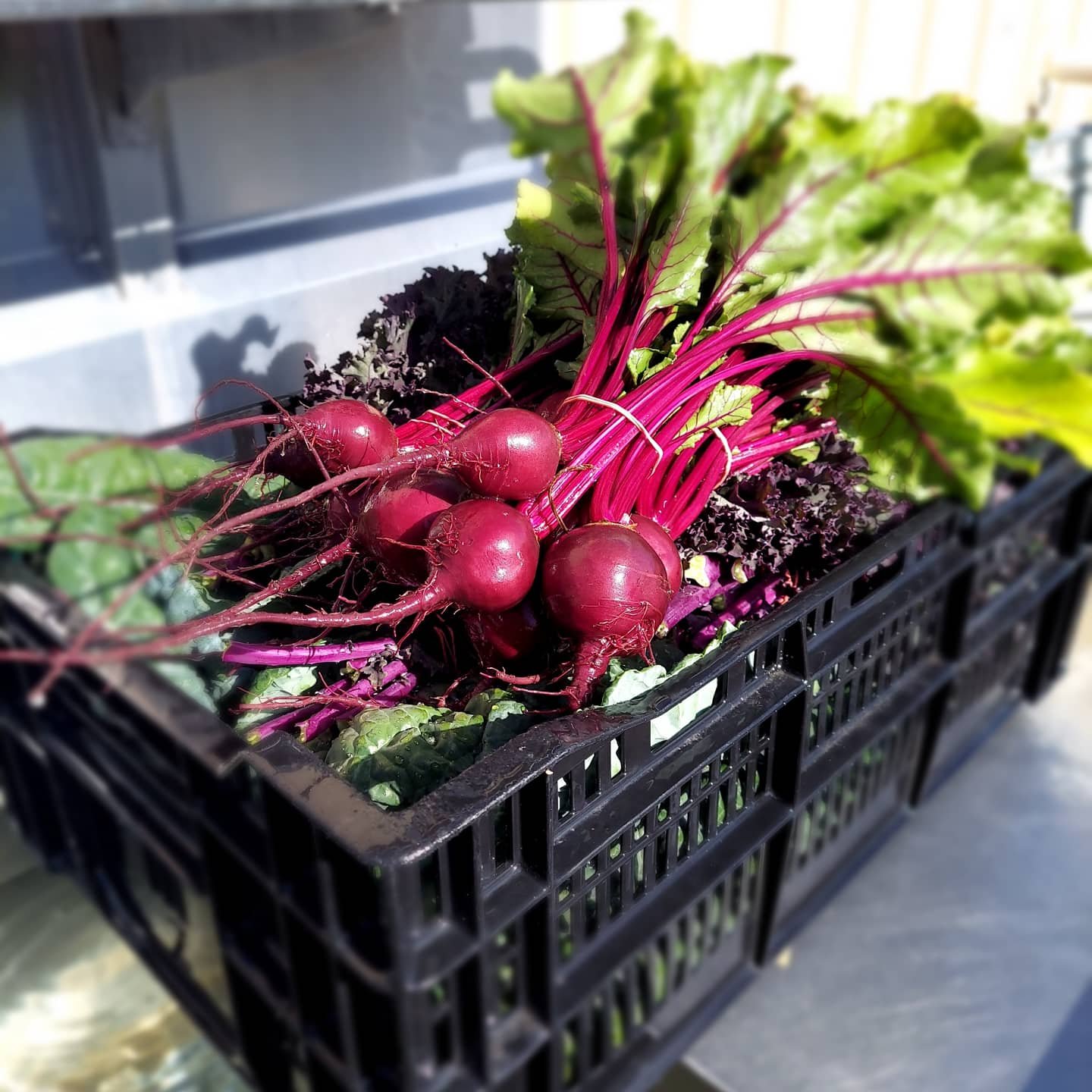Go-To Guide: Fall fresh fruits and vegetables
The season of fall produce, comfort food, blankets, bonfires, hot tea, and cool nights is here!
Fall is the time when many fruits and vegetables are at their peak flavor. While most of these fruits and vegetables are available year-round at the supermarket, they’re of noticeably better quality in the fall fresh from your favorite fall.
Whether you’re eager to try a new way to serve an old favorite or want to try out something new, here is your go-to guide to Fall fresh fruits and vegetables, with fun facts about each, like how to pick the best, recipes, prep and storage suggestions!
All winter squash is sweet and loaded with potassium, vitamin A and C, fiber, and magnesium. To prepare, halve the acorn squash, toss the seeds, and place a mixture of chopped pistachios, quinoa, golden raisins, cumin, salt, pepper, and olive oil inside each half of the squash and bake on 375 degrees Fahrenheit for 45 minutes.
Fruit Crisp! Yummy
Apples and all the many varieties during the fall and winter months are crisp, sweet, and juicy. Throughout the season you can expect to see Golden Delicious, Fuji, Gala, Braeburn, Honey crisp, are just some of our favorites.
“An apple a day…” Apples are a good source of fiber, potassium, beta carotene, vitamin C, antioxidants, folate, magnesium, and calcium. Some studies show that they may help protect against heart disease, diabetes, and cancer.
Bake apples into applesauce, add them to your Thanksgiving stuffing, toss them in your salad for a sweet crunch, or bake a delicious and easy apple crisp.
Kale is considered to be one of the most highly nutritious vegetables, with powerful antioxidant and anti-inflammatory properties. Amazingly, one cup of kale contains 1,300 times the daily requirement of Vitamin K, which is important for bone health and blood clotting.
You can use kale in so many dishes, such as salads, soups, and smoothies. Or make some yummy crunchy kale chips!
One of my favorite fall dishes spaghetti squash mexican style for taco night.
Arguably the poster-child of fall produce, pumpkin is a true sign of fall! They come into season in September and then they leave an impact on all of our holidays: they become works of scary art during Halloween, they shine as pie filling and are the mainstay for our fall lattes.
Also, the other winter squash types come into season at the beginning of fall and they last during winter.
Pumpkin is high in vitamin C, antioxidants, you can find magnesium, zinc and iron in its seeds, too! One cup of pumpkin contains more vitamin A than a cup of kale, more potassium than a banana, and more fiber than 1⁄2 cup of quinoa.
Tip: Butternut squash can be substituted for any recipe that calls for pumpkin, so if you can’t find the perfect pumpkin, look for a butternut squash instead.
Carrots come in a wide variety of colors, such as purple, yellow and white. Fun fact: the reason we associate carrots exclusively with the color orange goes back to Holland in the 17th century when the royal House of Orange decided to cultivate only orange carrots. Their brilliant and bright color became an unofficial symbol of their reign.
Despite their density, carrots are actually very high in water content and are prone to try out quickly (leaving them skinny and soft). Tip: if they do come with green tops, remove them, as they will suck all the moisture from the carrot, making them soft. Do not wash, rinse or cut until ready to cook. If left in the crisper drawer in an open paper bag, they can last for over a week.
We all know carrots are delicious and sweet just as they are, but with such a great fall flavor, they’re often underused. Simply roasted in the oven, carrots are caramelized to perfection! Try roasting them with butter and dill, or cumin and curry.
There are traditional purple, golden, white, and multicolored versions during autumn. Beets are high in betaine, which may help lower risk of heart and liver disease. Beets are also a good source of antioxidants such as betacyanin (which give the beets their deep red color), fiber and nitrates, which can help stave off heart attacks, stroke, heart disease, and dementia because it increases blood flow to the brain.
Thanks for your interest in our farm we cant wait to be part of your kitchen this fall.
Your Farmers,
Scott, Jessica and Clive






